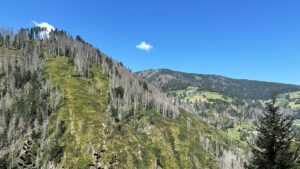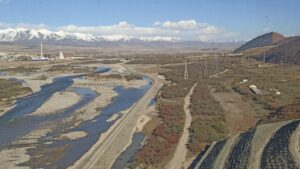Abstract/Description
Mountains host intricate socio-ecological systems where human populations interact within diverse social, cultural, economic and environmental contexts. While research advances our understanding of bio-physical phenomena, societal dimensions (i.e., demographic trends, rural-urban dynamics) often receive less attention. The lack of comprehensive data collection and identification of societal indicators hampers efforts to track transformative processes in mountain systems. Having access to socioeconomic variables across mountain regions —such as income and physical infrastructure— and analyzing them in conjunction with bio-physical changes, is crucial for assessing and monitoring socio-environmental interactions. Gaining deeper insights into these dynamics helps inform and guide decision-making that promotes sustainable development, reduces poverty, and strengthens resilience to socioeconomic and environmental challenges.
Mountain regions are diverse, varying greatly in terms of geography, culture, and economic activity. Capturing the full complexity of these interactions remains a major challenge for data collection that requires creating and integrating knowledge that reflects both common characteristics and the unique realities of mountain regions. For this, researchers, policymakers, and international agencies must ultimately adopt an interdisciplinary approach that combines local perspectives with global insights.
Here, we introduce a preliminary set of Essential Socioeconomic Variables (ESVs) that have undergone a prioritization assessment. The identified ESVs resulted from a joint effort involving experts from different mountain regions, who outlined variables relevant at the global and regional level during multiple virtual and in-person interactions. This set is presented as a tool to provide a foundation for ongoing discussions on the specific and general characteristics, vulnerabilities and needs of mountain communities. Given the constraints of time and resources, prioritization was essential. To navigate the complexity given by the multiplicity of dimensions, we focused on variables that provide the most valuable insights into the key aspects and processes shaping mountain systems. This required challenging discussions and compromises among scientists working on different topics in different regions and highlights the need for significantly enhance funding for mountain-specific socioeconomic data collection and analysis in the future.


